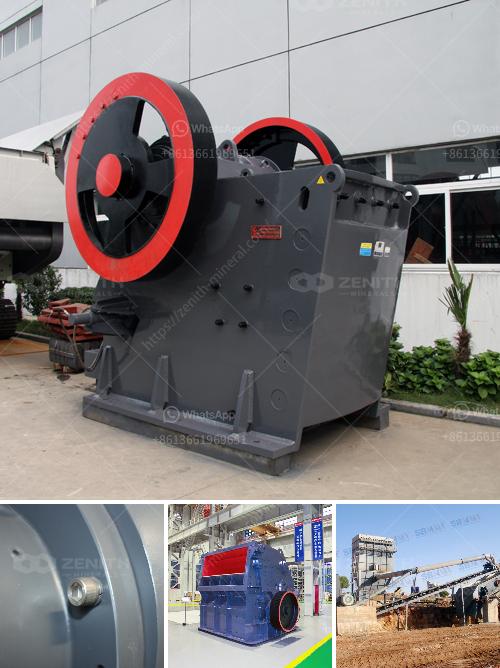Quarrying is the process of extracting natural stone, such as granite, limestone, marble, or slate, from the earth. Here’s a step-by-step overview of the typical quarrying process:
Site Selection: Identify a location with sufficient stone resources. Geological surveys and core sampling help determine the quality and quantity of the material.
Preparation: Clear the area of vegetation and topsoil. Access roads and infrastructure are built to facilitate movement and transportation.
Drilling and Blasting: Holes are drilled into the rock, and explosives are placed to create fragments of the stone. The size of the blasts is controlled to avoid excessive fracturing.
Primary Cutting: Large blocks of stone are separated from the quarry face using wire saws or large saws. Some quarries use more advanced techniques like diamond wire cutting.
Lifting and Transporting: Heavy machinery such as cranes and loaders are used to lift the stone blocks and transport them to processing areas within the quarry.
Block Shaping and Refining: The blocks are further cut or shaped into slabs or specific sizes using gang saws, multi-blade saws, or CNC machines.
Surface Finishing: The stone surfaces are finished as per the requirements, which can include polishing, honing, flaming, sandblasting, or other techniques to achieve the desired texture and look.
Quality Control: Inspections are conducted to ensure the stone meets the required standards and specifications. Defective material is discarded or used for other purposes.
Distribution: The finished stone is packed and transported to various markets for use in construction, decoration, or other applications.
Each quarry might have variations in this process depending on the type of stone and the techniques employed.
